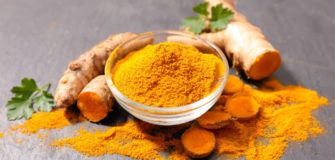Resurgence of Ayurveda
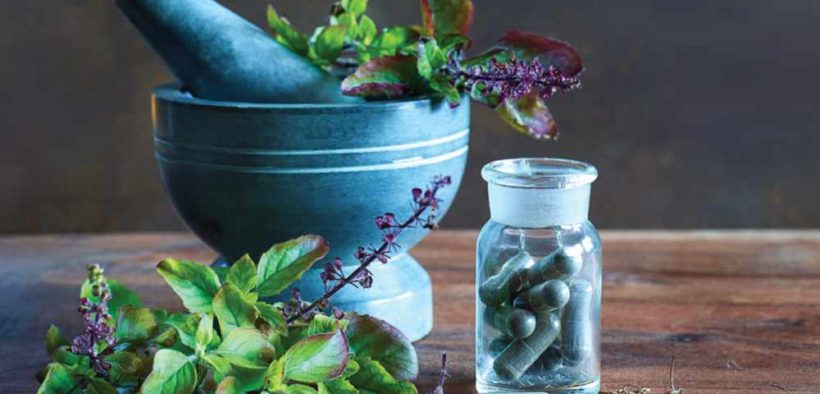
Despite being one of the oldest systems of medicine, Ayurveda has not gained its apt place in the national and international healthcare industry due to several factors, such as lack of standardisation and quality control, inhibiting its growth. The past decade has witnessed this latent giant coming out of its slumber and striving for its rightful place in the scheme of the things.
By Aatika H Jain
Last year, the market size of the Ayurveda sector in India touched $4.4 billion and it is expected to grow at a CAGR of 16 percent by 2025. The statistics, from a study by the Confederation of Indian Industry (CII) on the size of the Ayurveda market and its strengths, shows that 75 percent of the Ayurveda market is comprised of Ayurveda products and the rest is accounted for by services.
Ayurveda, the ancient holistic traditional system of medicine, has been practiced for centuries in India. It uses natural herbs and ingredients for the treatment of ailments. The word Ayurveda is derived from Sanskrit, and it means life science. It addresses the human mind, body, behavior and the environment. “Ayurveda is a way of life that connects right from the philosophy of life to daily hygiene and health practices or routines. In essence, it is about mapping the imbalance and choosing the formulation to correct the imbalance,” says Ajayaraj Palasseri, CEO, Nagarjuna Ayurveda, Kalady, Kerala. It focuses on the individual as a whole rather than merely the illness.
“The therapeutic approach of Ayurveda, while focusing on the disease, also looks at the patient as an individual entity. That is to say that the treatment is individual specific. And it uses a wide range of polyherbal processed formulations instead of synthetic molecule-based drugs,” says Dr T Muraleedharan, Chief of Technical Services at Arya Vaidya Sala, Kottakkal, Kerala. “Ayurveda possesses proven capabilities in non-communicable diseases like lifestyle-related diseases, degenerative and neurological disorders, musculo-skeletal ailments,pre-natal and post-natal care, etc.”
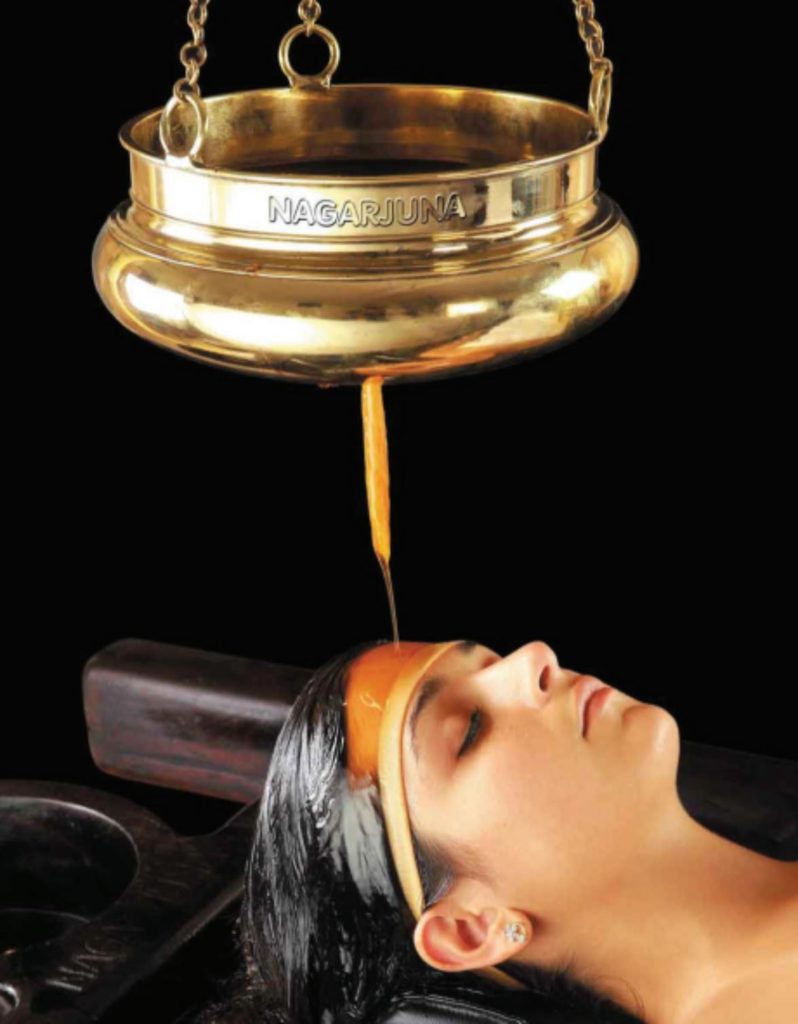
According to a report released by WHO in 2017, non-communicable diseases (NCD), including cardiovascular diseases, cancer, diabetes, and chronic respiratory diseases, are the cause of 61 percent of mortality in India, which amounts to around 58 lakh NCD deaths. Nearly 23 percent are at risk of premature death due to these diseases. Diabetes, cancer and cardiovascular diseases are the cause of 55 percent of premature deaths in India in the age group of 30-69 years. In the light of this escalating NCD burden in the country, Ayurveda, with its established capabilities in this field and a 5000-year legacy, assumes an even greater significance. “Today more people die due to lifestyle disorders or NCD, and there is no single drug solution to it. So, western medicine should now look at integrative medicine with Ayurveda. The increased flocking to Ayurveda has happened because people understood that western medicine has serious side effects and limitations,” says Palasseri.
Began as a village clinic in 1902, Arya Vaidya Sala went on to lead the commercialization of the industry. Other Indian Ayurvedic companies, such as Dabur, Baidyanath, and Himalaya, significantly contributed to the process too. This ancient Indian medical system has seen several changes over the centuries. “Ayurveda possesses great potential,” says Dr. Muraleedharan. “In spite of its uninterrupted history of providing healthcare protection to large segments of the Indian society in the past several centuries, and the large volumes of documented treatises on the principles and practices of its clinical, therapeutic and pharmaceutical capabilities, Ayurveda has become sidelined even in the country of its origin due to external circumstances and internal weaknesses.” He also feels that the lack of official patronage and support for a long period resulted in an overall fall in standard in every domain of Ayurvedic practice. “There were no concerted efforts to upgrade the science and practice to strengthen the technological base of drug production, to improve the user compliance of therapy and medicines, to augment the critically needed, natural resource base, and to update the knowledge base,” he explains.
“THE THERAPEUTIC APPROACH OF AYURVEDA, WHILE FOCUSING ON THE DISEASE, ALSO LOOKS AT THE PATIENT AS AN INDIVIDUAL ENTITY. THAT IS TO SAY THAT THE TREATMENT IS INDIVIDUAL SPECIFIC. AND IT USES A WIDE RANGE OF POLYHERBAL PROCESSED FORMULATIONS INSTEAD OF SYNTHETIC MOLECULE BASED DRUGS”
Dr T Muraleedharan,
Chief of Technical Services,
Arya Vaidya Sala, Kottakkal, Kerala
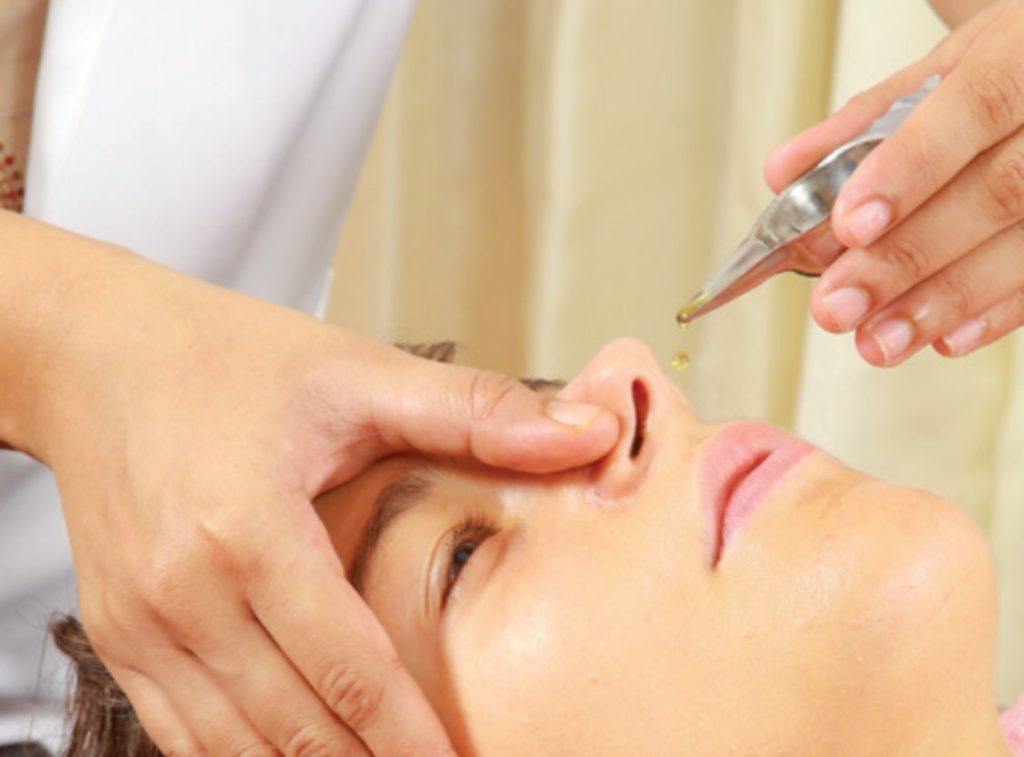
However, the sector has been witnessing a renaissance in the past few years. Its popularity has been increasingly growing because of the rising preference for organic ingredients and thereby, the introduction of Ayurvedic products in the food and personal care sectors. “There have, of course, been some efforts to modernize the Ayurvedic system all through the years. But they were all in the form of individual endeavors and were at a much lower level compared to modern medicine. Recent times have seen some positive change in governmental support and it is to be expected that the changed environment will bring in important changes in the destiny of Ayurveda in the coming years,” adds Dr. Muraleedharan.
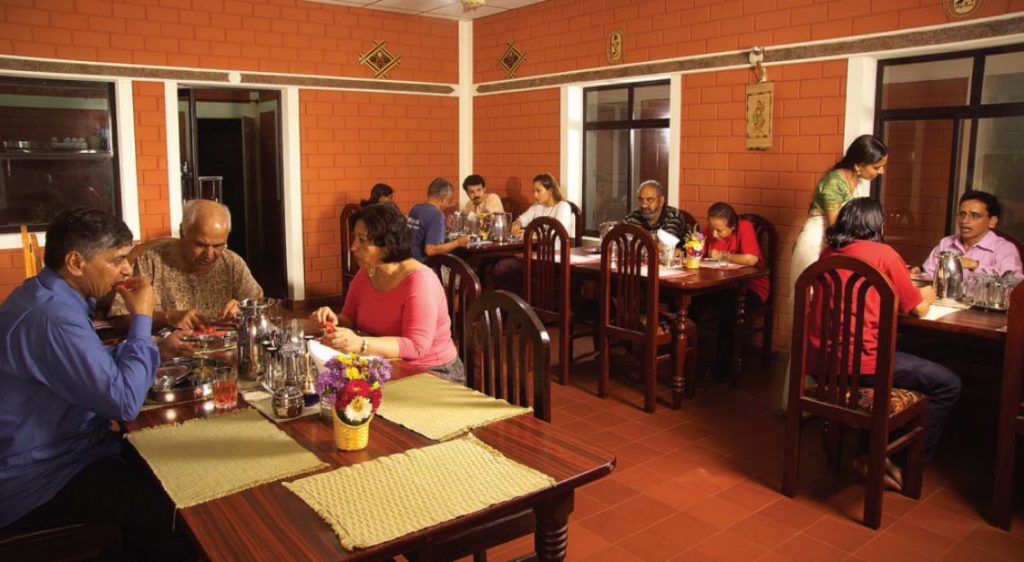
Ayurveda has now transformed from just being an alternative system of medicine to lifestyle and general wellness solutions. The traditional methods of Ayurveda practice have been gradually making its way into ever-expanding markets. Indian Ayurvedic companies have forayed into retail, wellness and therapeutic segments by implementing newer technologies and models, as well as evidence-based research. Ayurveda products have become a key player in the Indian FMCG sector by improving their advertising strategies and expanding their distribution channels. The lower prices of these products as compared to their allopathic counterparts have also increased their affordability and sale. As a result, many companies have launched Ayurvedic products and services. Several of the regional and national Ayurveda companies have transformed traditional practices into an exact science; Himalaya, for instance, has successfully taken its intensely-researched, proprietary products to the European and Middle Eastern markets.
One of the important factors for the revival of the industry is also the various endorsements by the famous spiritual gurus in the country, like Patanjali promoted by Baba Ramdev. Ayurveda has established itself as an alternative system of medicine in both developed and developing countries. The global Ayurveda market reached $3.4 billion in 2015 and is predicted to rise to $9.7 billion by 2022, at a CAGR of 16.2 percent. India exports more than $780 million worth of Ayurvedic products in a year and it is projected to increase by 20 percent by 2022. Within India too, the consumption of Ayurvedic products has increased significantly from 69 percent of the Indian households using them in 2015 to 77 percent in 2017. Domestic brands have stakes as high as 79 percent in the Indian Ayurveda market.
The Ministry of AYUSH, formerly known as the Department of AYUSH, was formed in 2014 to promote the development and proliferation of the AYUSH (Ayurveda, Yoga, Unani and Siddha medicines, and Homeopathy) system of medicine. The Ministry has been instrumental in incorporating AYUSH into the national healthcare system.
Kerala: a pioneer in Ayurveda
Though this growth is occurring throughout the country, Kerala has been the vanguard of the Indian Ayurveda industry. Ayurvedic companies in the state have expanded and grown in all the segments exponentially. Being a proliferating Ayurveda market and a horticultural hub has helped Kerala in building a robust system of Ayurvedic production. In 2016, there were 1,400 Ayurveda-related startups in the state with a turnover of $37 million and an export worth $8.3 million. Presently, Kerala accounts for 10 percent of the $578 million Indian herbal industry.

The state is on the precipice of becoming the center of investment in the Ayurveda industry. A collaborative project between the Centre and Kerala, the International Research Institute of Ayurveda (IRIA) is under construction at Kalliyad, Kannur. It will comprise of a hospital, a research center, a museum, herbal garden, and plant building, and will be the center for preventive, curative and rehabilitative medicinal research with modern infrastructure. IRIA will also work towards establishing state-of-the-art Ayurvedic hospitals in all the districts of the state.
PATENT AND INTELLECTUAL PROPERTY RIGHTS
Growth is accompanied by several concerns like patents and intellectual property rights from the perspective of Ayurveda. “The format for approvals was defined by the western system in that way. Then it became a control game. Western medicine works on intellectual patent and mass product concept,” says Palasseri. Traditional knowledge (TK) is the knowledge, skills, experience, know-how, and practices which are developed, continued, performed and passed down from generation to generation, often by word of mouth within a community, forming part of its cultural or spiritual identity. The rich and vast TK of Indian heritage is potentially at risk of commercial exploitation at the hands of pharmaceutical companies. Indian patent laws do not allow protection of TK under section 3(p) of the Indian Patent Act, 1970.
Any invention which is, in fact, TK or a combination or replication of already identified properties of traditional ingredients is not considered an invention and therefore, cannot be patented. But if there is a significant enhancement in the TK which helps the invention meet the criteria under the IP law, then patent protection can be applied for. However, most of the TK is already available in the public space as prior art and doesn’t leave much to be patent protected. Patent owners acquire a monopoly through IP protection. TK misuse and biopiracy of genetic resources are vital issues for local communities in a lot of countries including India.
Biopiracy is the misappropriation of the knowledge and genetic resources of farming and indigenous communities by individuals or companies to gain a monopoly over them through patent. India has enacted several laws and taken measures for the prevention of TK appropriation and biopiracy. “Ayurveda is owned by all. When ownership does not directly lead to wealth creation, it does not grow. The blocks happened by way of licenses and presentation formats. Which molecule kills which germ is a fundamental premise of western medicine. In Ayurveda, it is not a war against a germ. It is for health till death,” says Palasseri.
Any patent associated to TK cannot meet the criteria of an invention under section 2 (1) (j) of the Patents Act, 1970. Moreover, under section 3(e) of the Patents Act, a substance obtained by a mere admixture resulting only in the aggregation of the properties of the components thereof or process for producing such substances is not an invention and hence, not patentable. Through collaboration between the Government of India, Ministry of AYUSH and Council of Scientific and Industrial Research, the Traditional Knowledge Digital Library (TKDL) was established in 2001. It is a repository of existing TK in India in different languages and formats. It is used by patent examiners as a reference to prior arts at International Patent Offices. TKDL consists of a whopping 3.4 crore pages of information on 2.26 million medicinal formulations in various languages. It was created right after India succeeded in revoking the turmeric and basmati patents granted by the United States Patent and Trademark Office and the neem patent granted by the European Patent Office. Since then, India has been able to prevent numerous patent claims over the use of various medicinal plants using TKDL.
“AYURVEDA IS A WAY OF LIFE WHICH CONNECTS RIGHT FROM PHILOSOPHY OF LIFE TO THE DAILY HYGIENE AND HEALTH PRACTICES OR ROUTINES. IN ESSENCE, IT IS ABOUT MAPPING THE IMBALANCE AND CHOOSING THE FORMULATION TO CORRECT THE IMBALANCE”
Ajayaraj Palasseri CEO,
Nagarjuna Ayurveda, Kalady, Kerala
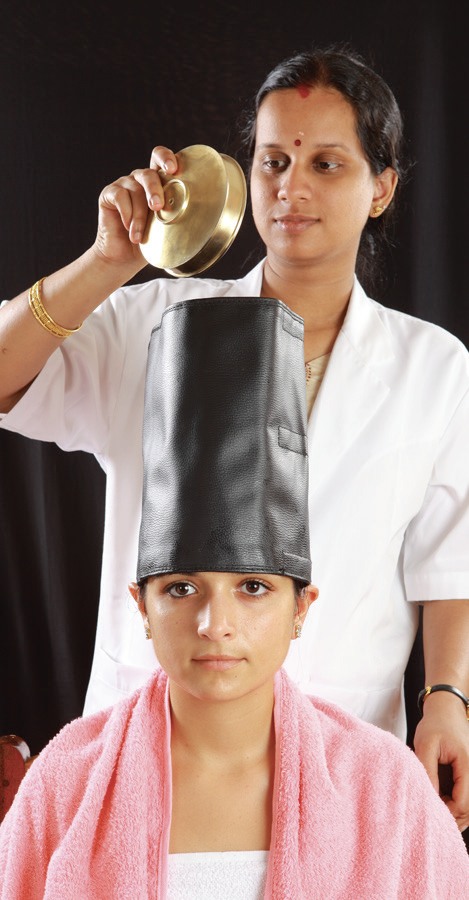
A difficult road ahead
Even with its long and remarkable history, Ayurveda is still an emerging industry. There are still many possibilities left to be discovered in the field of newer technology incorporation in Ayurveda research and clinical trials, and production, marketing, and distribution. As the Ayurveda market is still at its nascent stage, it is fraught with many challenges for its players. For Ayurveda to gain a stronghold globally, there must be standardization and quality control of its products. Standardization refers to quality assurance of composition, efficacy, and authenticity of drugs and formulations in terms of measurable parameters.
Standardized products are manufactured from standardized raw materials. So the whole process of acquiring and processing raw drugs needs to be standardized according to the international guidelines. There is a lack of scientific methods to determine the purity, standard and precise nature of the finished products in traditional medicine. Therefore, there is a need to adopt modern analytical methods as well as to implement GMP more widely. GMP refers to Good Manufacturing Practice Regulations propagated by the US Food and Drug Administration under the Federal Food, Drug and Cosmetics Act. It is followed internationally to ensure that the products are produced according to the established quality control standards without fail.
“There is a need to sensitize some of the statutory provisions under the Drugs and Cosmetics Act, 1940, to match the unique features of Ayurveda. The need of the hour is for the regulators, industry leaders, and Ayurveda scholars to jointly plan and take action after generating a consensus on the gaps and resolutions pertaining to the sector,” avers Dr. Muraleedharan. There is a huge scope for research in Ayurveda in the field of basic research, clinical research and drug development. Developing efficient scientific methods and parameters for the lab as well as clinical research in Ayurveda, and amalgamating Ayurvedic principles and modern scientific tools, is crucial to give an impetus to the industry and lend its credibility at the global level.
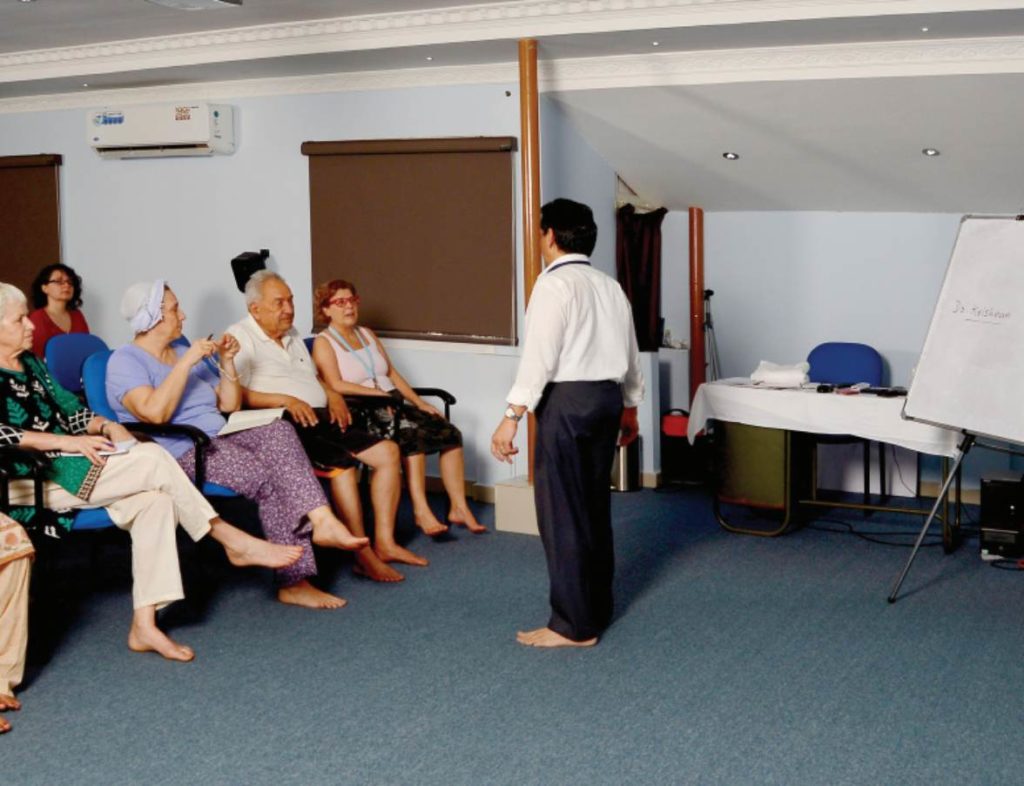
Introduction of ayurgenomics, combining Ayurveda with modern genomics, will improve the prevention of illnesses, enhance efficacy through personalized treatment, and offer better insight into individual response to medication.
A critical lack of awareness and mistrust in Ayurveda has contributed to its growth inhibition. “The 2016 Report of the National Sample Survey of India has shown that it is only about 10 percent of the Indian population who resort to the AYUSH system for its healthcare needs. This official data demonstrates the lack of public awareness among Indian citizens about the capabilities of Ayurveda. It may also indicate restricted access,” says Dr. Muraleedharan. More awareness programmes along with improved accessibility and affordability will help bring Ayurveda to the forefront. There have been allegations that Ayurvedic medicines are harmful as they contain heavy metals. Ayurvedic scientists claim that these are essential ingredients and toxicity results only due to poor processing standards.
“A blanket branding and embargo are, obviously, irrational and lack the backing of science. There are a few Ayurvedic medicines whose compositions should necessarily contain processed mercury, lead or arsenic as ingredients as per the classical textbooks and as per the Official Ayurvedic Pharmacopoeia. Such medicines are very few whereas exclusive herbaceous medicines are the vast majority. And even those metals are incorporated into the formula after subjecting them to rigorous detoxification procedures,” affirms Dr. Muraleedharan.
He cites the research done by scientists from Bhabha Atomic Research Centre, Indian Institute of Technology (Kharagpur) and Benaras Hindu University (Department of Zoology) on the medicine, Rasasindur, that contains mercury. The results, which were published in peer-reviewed international research journals, reported that if processed as per classical stipulations and when administered in classical dose levels, the drug did not display any heavy metal related toxicity. “However, these research papers have not come out in the public domain,” says Dr. Muraleedharan.
Documentation of Ayurvedic treatment is another hurdle. Lack of proper documentation gives rise to mistrust in the consumers. Increased clinical trials and evidence sharing will help dissipate the mistrust and also boost prospects for future students and practitioners. “The system of Ayurveda was not very used to documentation,” says Palasseri. “This is extremely important for global recognition and building trust. It helps in the building of protocols, in conducting reviews, in post mortem analysis, etc.” There is also a serious lack of availability of raw materials. Around 90 percent of the herbs and medicinal plants are procured from forests and mountains. These invaluable resources need to be protected and commercial farming should be vigorously introduced in the industry.
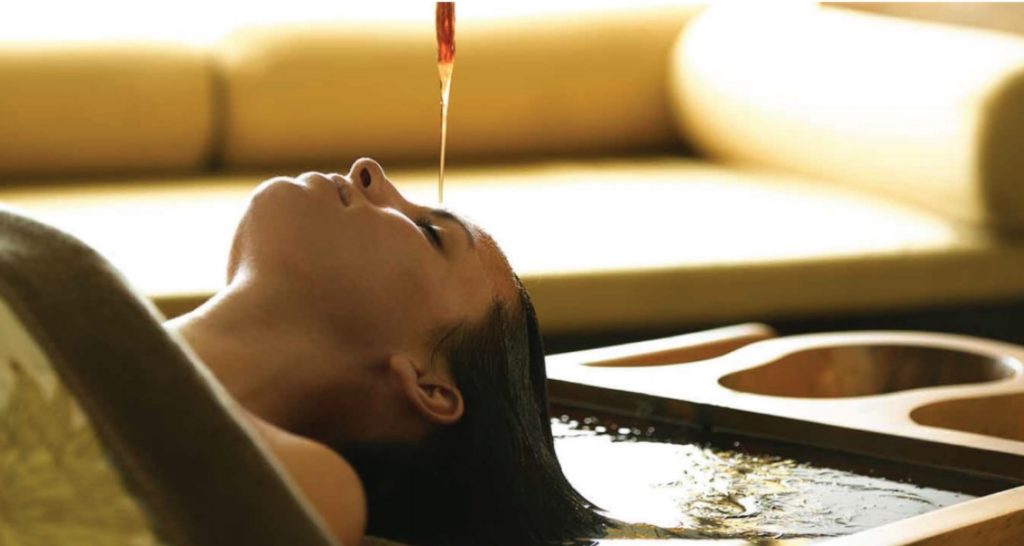
Scientific methods need to be devised so that farmers can organically grow them as crops to maintain the purity of the natural ingredients. “The Ayurvedic medicine sector is critically dependent on the availability of a wide variety of raw herbs which are all sourced from nature. The restricted availability of raw herbs is a major threat to the sector. The National Medicinal Plants Board and the State Boards need to draw up plans for ensuring the uninterrupted availability of raw herbs of the right quality in the right quantity for the Ayurvedic system to be able to grow. Lack of appropriate technology is another issue. Since the Ayurveda drug sector is very small, there is no specific technology developed to suit this sector,” states Dr. Muraleedharan.
As medical researchers turn to Ayurveda to find cures for diseases such as cancer, Alzheimer’s and psoriasis, among others, many Ayurvedic educational and training institutions have come up. There has been a rise in the collaborations between healthcare providers and Ayurvedic companies. Consistent training of Ayurveda practitioners needs to be ensured for standard operating procedures for diagnosis and treatment and the use of modern technologies. Ayurveda must also extend its applicability to other mainstream medical modalities like physiotherapy. Introduction of ayurgenomics, combining Ayurveda with modern genomics, will improve the prevention of illnesses, enhance efficacy through personalized treatment, and provide better insight into individual response to medication.
The ministry of AYUSH in collaboration with Indian Council of Medical Research (ICMR) plans to undertake molecular-based studies to augment evidence-based research, which would, in turn, bring innovation and standardisation in Ayurveda.
Government support
The Ministry of AYUSH, formerly known as the department of AYUSH, was formed in 2014 to promote the development and proliferation of the AYUSH (Ayurveda, Yoga, Unani and Siddha medicines, and Homeopathy) systems of medicine. The ministry has been instrumental in incorporating AYUSH into the national healthcare system. It also runs several alternative medicine hospitals and clinics around the country. Currently, there are more than 65 such as AYUSH hospitals. However, more Ayurveda centers need to be opened for NCD and geriatrics. The government needs to be more aware of the requirements of the industry. It should intervene in areas such as facilitating the licensing procedure and establishing MoUs with foreign governments for quick licensing or registration of Ayurvedic products in other countries.
Insurance companies cover only a few medical conditions under Ayurvedic treatments which make up just 5-10 percent of the health insurance claims in India; the insurance cover should be increased and more health insurance companies should include Ayurveda in their health coverage plans. The government should work towards improving research integration and teaching to promote Ayurveda practice. In the past 10 years, Kerala has been a host to healthcare trainees from countries such as Japan and South Korea, who visited to learn Ayurveda practices. This indicates the significance of research and education in Ayurveda for its future growth.
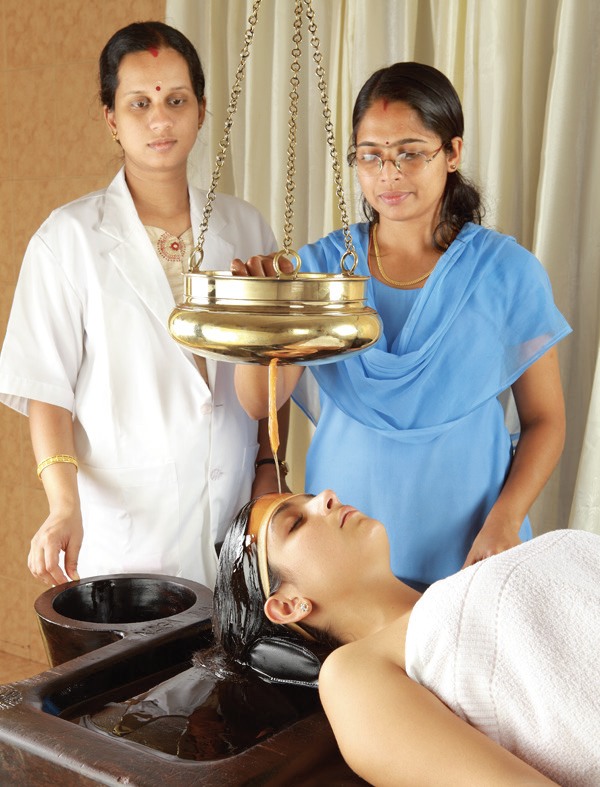
The Ministry of AYUSH in collaboration with the Indian Council of Medical Research (ICMR) plans to undertake molecular-based studies to augment evidence-based research, which would, in turn, bring innovation and standardization in Ayurveda. The All India Institute of Ayurveda in Delhi has been established as the apex institution in the field of Ayurveda and it will facilitate standardization of clinical trials, research protocols, branding, and patents.
Ayurveda has seen a revival in the last decade and has extended its reach to the online platform appealing to the millennials, who were not the conventional consumers earlier. Presentation and mass communication strategies have undergone radical change. This has opened new avenues for the Ayurveda industry which is at the brink of a burgeoning market, promising exponential growth and expansion. If provided with the optimal functional infrastructure and environment, Ayurveda has the potential to make India the leading global leader in the field of reliable natural healthcare.
Also read about






